Every building or facility needs a commercial roofing management plan that is tailored to its specific priorities and budget. To develop the best strategy, your roofing contractor will likely ask these important questions:
[…] Read More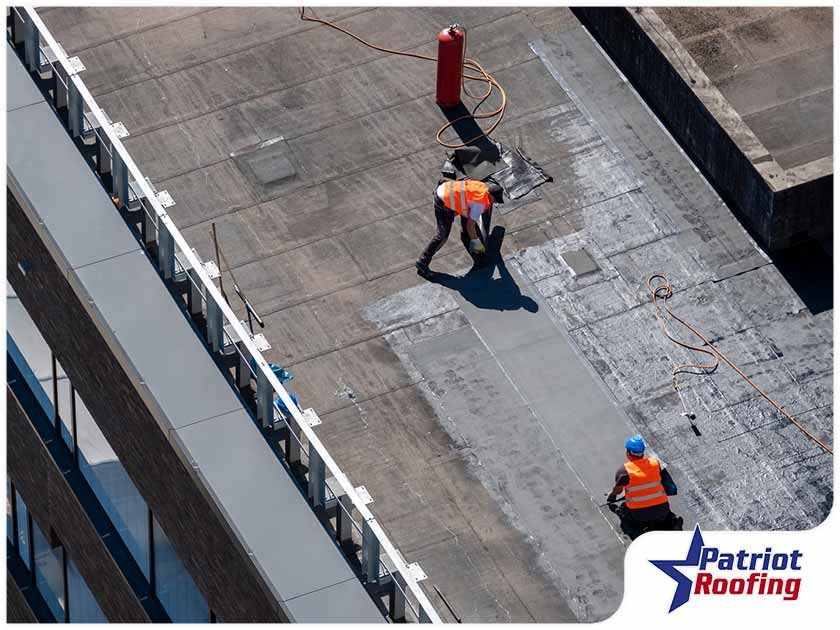
2845 Broce DR, Unit B, Norman, OK 73072
Service available |

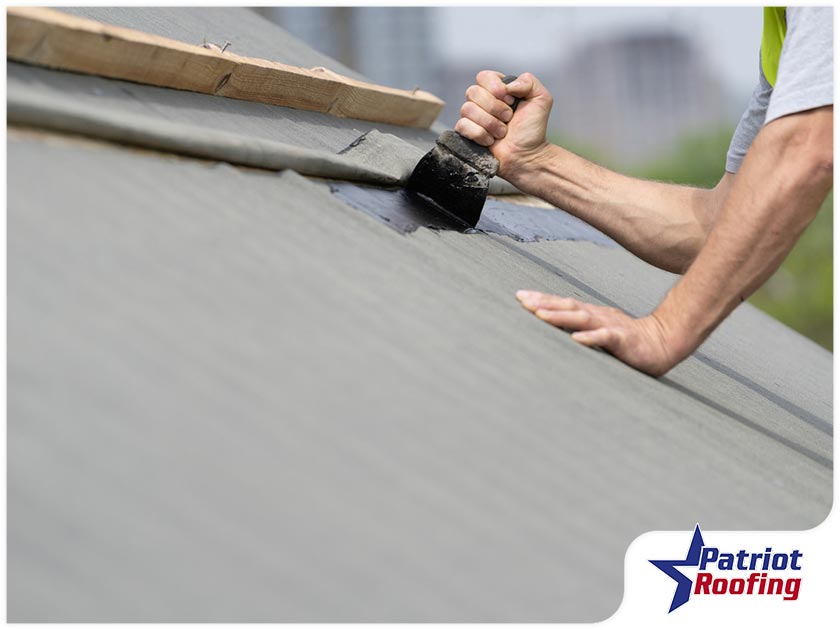
When you’re replacing a roof, there are generally two methods to choose from: one is to overlay the new shingles over your old roofing skeleton (the roof deck), and the other is to completely tear off the old structure and take it from the ground up, so to speak.

Which one is better, though? Obviously the overlay one is less time-consuming and less expensive, but is it really the best way to do it? Patriot Roofing says no, and these are some of the reasons why we think a complete tear-off is better—and even less costly in the long run.
When you overlay new shingles on top of an old roofing structure, you’re not exactly looking for issues in the first place. However, when you tear the underlayment off and expose the roof deck, you’d uncover hidden issues that would have been concealed for another 20 years (or not even half that, as overlaid roof replacement often fails sooner rather than later).
If the problems are minor, they can be patched up with roof repair. But if they’re bigger, such as dry rot that has weakened rafters and beams, the entire roof deck may need to be overhauled. And you can never trust laying a new roof over weakened timbers.
We’ve mentioned 20 years, because that’s generally how long an asphalt shingle roof lasts—but only if they were completely new and not just overlaid. If they were, you’re looking at a range of 10 years to as soon as tomorrow. Newer materials may not always be lighter than the old ones, especially if it’s asphalt, and you can never be sure if the roof deck—if weakened—can still support that weight.
Most new roofing products come as a set, and manufacturers have rightly attached warranties to it—but only if they’re installed correctly, as per their specifications, and with an accredited installer. If they find out that you’ve simply overlaid a new roof, which is often not how they would like their products to be installed, they would instantly revoke your warranty, leaving you to hold the bag if you encounter a problem with your improperly installed roof.
Patriot Roofing isn’t just about gutter installation; we’re experts in roof replacement and repair as well. Contact us today at (405) 289-8807 to learn more about our services. You can also fill out our form to get started. We serve residents of Midwest City, OK, and nearby areas.
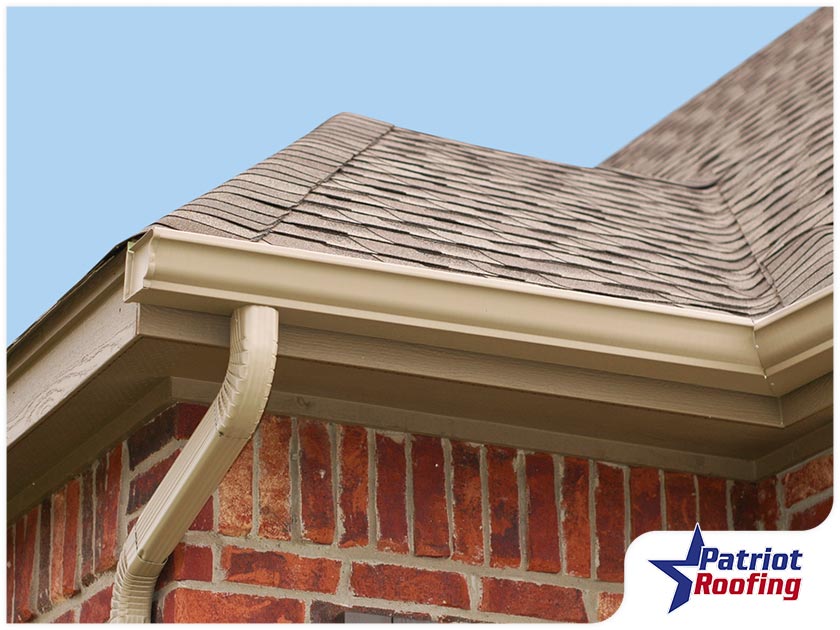
Gutters don’t last forever, even if they were installed impeccably with the finest materials. While replacing them prematurely is a waste of time, money and resources, you don’t want to wait too long and jeopardize your home’s safety and stability.

Still, the more you maintain your gutters, the more you extend their life, similar to your roofing system. Read on as Patriot Roofing discusses the signs you need to replace your gutters right now.
Gutters and downspouts may not always be made of the same material. In this case, they won’t age and corrode at the same rate, even if they were installed at the same time. If you have the budget for it, copper gutters and downspouts are the best at outliving anything your roof is made out of. Failing that, galvanized steel is second best, as its zinc oxide coating can allow it to prolong its life span.
Seamless gutters are, as their name suggests, have no seams or joints, which can allow leaks to happen. In other words, because water has a corrosive effect on anything it touches all the time, gutters that leak more often age far faster. Sectional gutters, meanwhile, are prefabricated, which means they’re not only prone to leaks, they’re also far older than a seamless gutter system. Any roof repair contractor would say that if you want to replace your gutters less frequently, seamless gutters are the way to go.
As mentioned, maintenance is the one magic bullet that can lengthen the life of your gutter system. No matter how great it was installed, anything that’s made of human hands will eventually deteriorate. Schedule regular roofing inspections and maintenance, and make sure your gutters are free of clogging. Moist or rotting organic material can accelerate corrosion, so ensure that only water is flowing through your gutters.
Patriot Roofing isn’t just about gutter installation but we’re experts in roof replacement and repair as well. Contact us today at (405) 289-8807 to learn more about our services. You can also fill out our form to get started. We serve residents of Edmond, OK, and nearby areas.
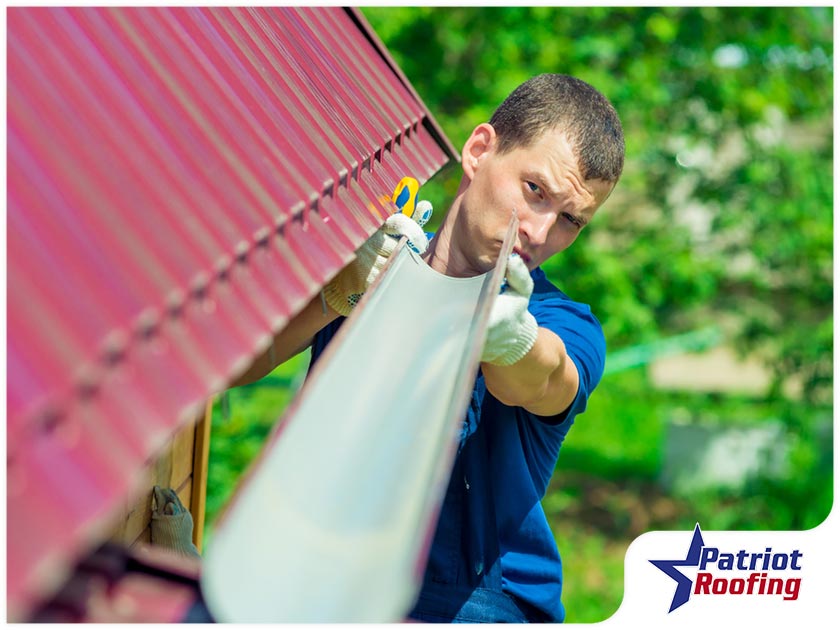
The bigger the gutters, the greater the volume of the water it can collect. In general, bigger gutters are better for areas that experience a lot of rain, such as Seattle, but it can be an overall good decision even if your area is as dry as a bone. After all, it’s better to have it and not need it than need it and not have it.

If you want to push forward with this decision, there are several factors you need to account for. In today’s post by Patriot Roofing, your trusted roofing contractor, we introduce three of the most significant when upsizing from a standard five-inch to a bigger six-inch gutter system.
The biggest factor, arguably, is how much rain falls in your area. Standard five-inch gutters can’t accommodate high-rainfall areas. At a standard slope of ½” per 10 feet, a five-inch gutter can only handle 3,540 gallons per hour. A six-inch gutter, meanwhile, can drain up to 5,840 gallons per hour at the same slope.
While this seems excessive, remember that the United States Geological Survey (USGS) estimates that for a standard roof that measures 40 by 70 feet, just an inch of rain can produce up to 1,743 gallons of water. Obviously, the steeper the roof the gutters are attached to, the more rain it can accumulate.
Which brings us to the next factor: slope. Roof repair and replacement contractors use a ratio to determine roof pitch, or the slope of the roof. You can do so yourself by using a 2-foot level and tape measure. Level the former against the roof and measure the distance between the roof and the level midway, at 12 inches. The gap between the roof and that midway point is the pitch. A gap of six inches, for example, is 6:12.
The higher the number of the first number, the steeper the slope. And the steeper the slope, the more rain it collects.
In general, downspouts (or drain pipes) are placed every 30-40 feet. If your area is wetter than usual, you can place downspouts every 20 feet, but it would likely mar your house’s facade. Another alternative is to make the downspouts bigger as well.
Patriot Roofing specializes in roof replacement, repair, and gutter installation. Call us today at (405) 289-8807 to learn more about our services. You can also fill out our form to get started. We serve residents of Moore, OK, and nearby areas.
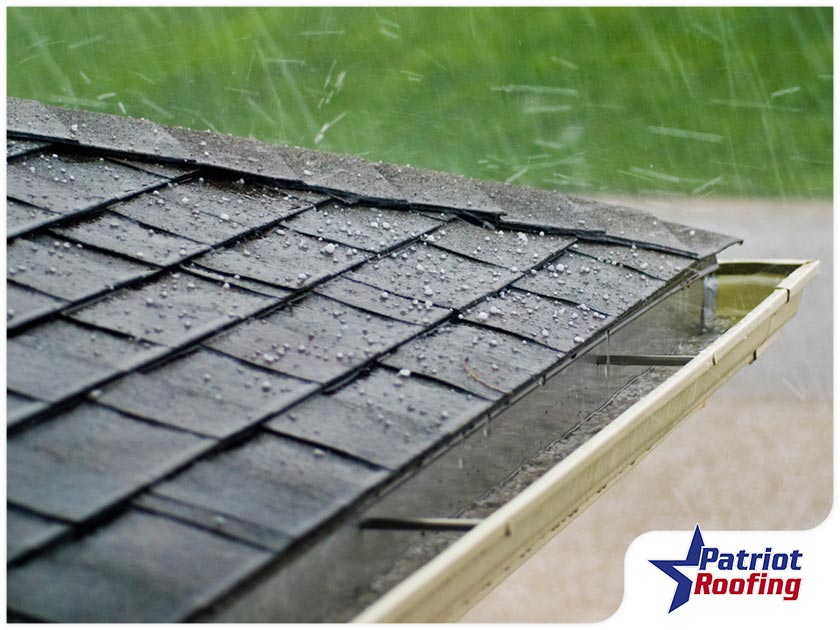
Hail is one of the more destructive forces of nature—it can damage buildings, trash cars, flatten crops and fields, and even injure people. It’s such a force to be reckoned with, it was one of the ten plagues of Egypt (it was the third, to be exact)!
[…] Read MorePatriot Roofing installed a beautiful roof for us, and Kevin, our project manager, is extremely knowledgeable and helpful as well as very friendly!!







